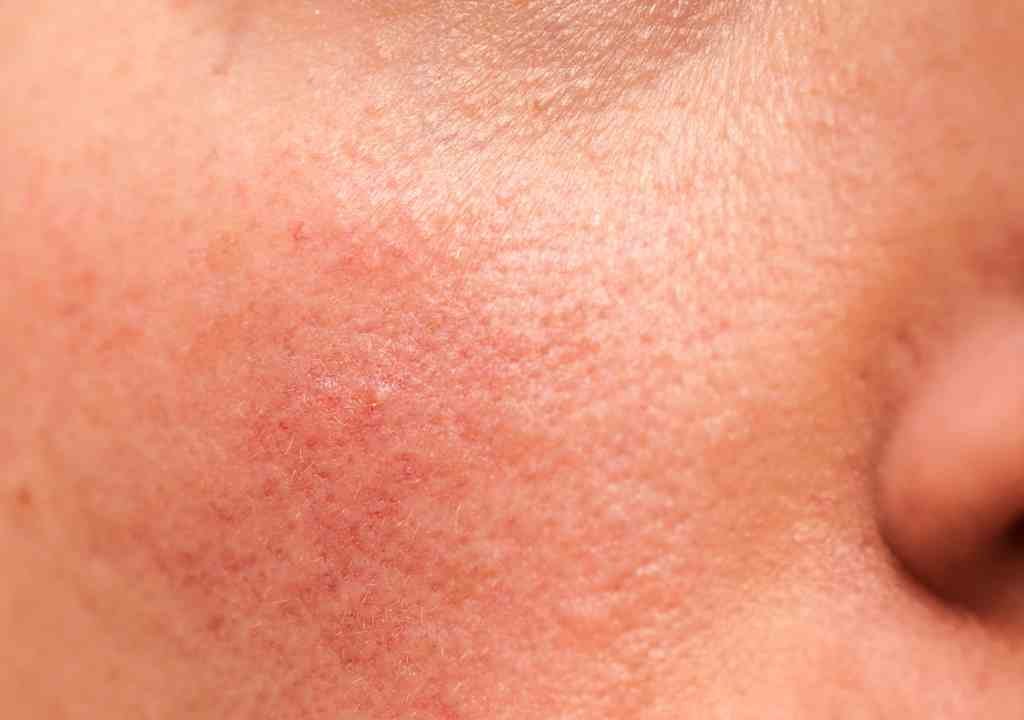Skin barrier is the most crucial aspect of skincare. Many people do not pay enough attention to the subject, but being able to recognize when your skin barrier is damaged and how to efficiently repair it can help to fight against dry skin and sustain general skin health. In this article, I will explain the importance of skin barrier and the signs of damaged skin barrier, and provide a suitable dermatologist-recommended soaking and smearing-based strategy for dry skin.
Importance of the Skin Barrier:
Table of Contents
The skin barrier, or the stratum corneum, is the outermost layer of the skin that acts as another fortress against the world. Think of it like a brick wall; the corneocytes, or protein nuggets, act like bricks that are put together by lipids (mortar cement). This layer is essential in maintaining hydration, preventing desiccation, and blocking external irritants and pathogens.
Signs of Damaged Skin Barrier:
The skin barrier, which is a complex structure constituted by cells, lipids and proteins, is a key component to skin health regulation. This way, it can protect us from external agents. If it happens, it will contribute to a whole spectrum of changes reflecting the disorder. The most common of them are noticeable and measurable symptoms. The ability to understand this signs of damaged skin barrier gives people much better capacity to diagnosing and treating problem with the skin barrier.
Dryness:
The most typical feature indicating the health of our skin barrier is dryness. Generally, skin barrier itself acts as protective sheathing, embanking moisture and preventing of its leak. The epidermis does not only trap moisture, but also functions as a barrier. Consequently, when the barrier is damaged, the normal functions of moisture and transepidermal water loss (TWL) are disrupted. Consequently, the dry, rough and tight skin is the outcome and more severe effect is observed after the cleansing process or exposure to harsh weather element.
Flakiness:
Scratchy or rough skin which is another characteristic of the deficit barrier is the other sign of it. Typically, the oldest layer of skin, which is the additional epidermis known as the stratum corneum, experiences a process called desquamation, and the dead skin cells are replaced by the new ones. Skin barrier integrity is an essential component of maintaining a well-functioning epidermis.
Thus, the normal cell life cycle process may be disrupted, resulting in the accumulation of the slimy dry and flaky skin cells at the surface of the skin. A dry and damaged skin appears to be tougher, patchier and flaky, in particular on e the area of the body that is more exposed to drought, for example the elbows and knees.
Increased Sensitivity:
This process further affects the skin by supporting the skin barrier that becomes more sensitive or reactive to the skin. Normally, the skin barrier provides protection by creating a barrier preventing the damage and allergy-causing substances from entering. On the contrary, at an advanced stage of aging, the skin barrier starts to break down, thus, being more likely affected by exogenous irritants like toxins, polluted air, and UV rays.
Therefore, one could experience an increased skin awareness, such as redness, itching, swelling or simply getting irritated, as the result of what would be earlier not a trigger for an allergic reaction.
Causes of Skin Barrier Damage:

Several factors can contribute to the disruption of the skin barrier, leading to the signs mentioned above. These include:
- Aging: As we age, the structure and function of the skin barrier naturally decline. The production of essential lipids and proteins that help maintain the integrity of the barrier decreases, leading to increased dryness, flakiness, and sensitivity.
- Underlying Skin Conditions: Certain skin conditions, such as eczema, psoriasis, rosacea, and acne, can compromise the skin barrier’s function. Inflammatory processes, genetic predispositions, and immune dysregulation associated with these conditions can disrupt the barrier, leading to symptoms like dryness, flakiness, and increased sensitivity.
- Environmental Stressors: External factors, such as exposure to UV radiation, pollution, harsh weather conditions, and harsh skincare products, can damage the skin barrier over time. These stressors can disrupt the lipid barrier, deplete moisture levels, and trigger inflammation, leading to dryness, flakiness, and sensitivity.
You May Also Like to Read: 10 Best Natural Skin Care Tips for dry Skin
Understanding the Soak and Smear Technique:
To effectively address dry skin and repair the skin barrier, dermatologists recommend the soak and smear technique. This approach involves soaking the skin in lukewarm water for about 20 minutes to hydrate and facilitate the removal of dry, flaky skin cells. Following the soak, applying an ointment like plain petroleum jelly helps trap moisture, reduce water loss, and restore the skin’s protective barrier.

Why Plain Petroleum Jelly?
While there are various ointments available, plain petroleum jelly remains a dermatologist favorite due to its effectiveness and affordability. Unlike other products that may contain additional ingredients, petroleum jelly poses minimal risk of allergic reactions and helps seal in moisture without clogging pores.
Implementing the Technique:
The soak and smear technique is best done at night to maximize its benefits. By covering the treated areas with old pajamas or plastic wrap, moisture is locked in, and the skin barrier is allowed to repair overnight. Consistency is key, with nightly application recommended for at least two weeks or until significant improvement is observed.
Maintenance and Long-Term Care:
Once dry skin improves, transitioning to plain petroleum jelly or a moisturizer of choice helps maintain hydration and prevent future damage. Additionally, practicing good hygiene by limiting bathing frequency, using mild body wash, and avoiding hot water can further support skin health and barrier function.
Understanding the signs of damaged skin barrier and implementing effective skincare strategies like the soak and smear technique can significantly improve dry skin and overall skin health. By prioritizing barrier repair and moisture retention, individuals can enjoy smoother, healthier skin for the long term.
Incorporating these simple yet powerful techniques into your skincare routine can make a world of difference, restoring balance, and vitality to your skin. Remember, consistency and patience are key, and consulting with a dermatologist can provide personalized guidance for your specific skin concerns.



